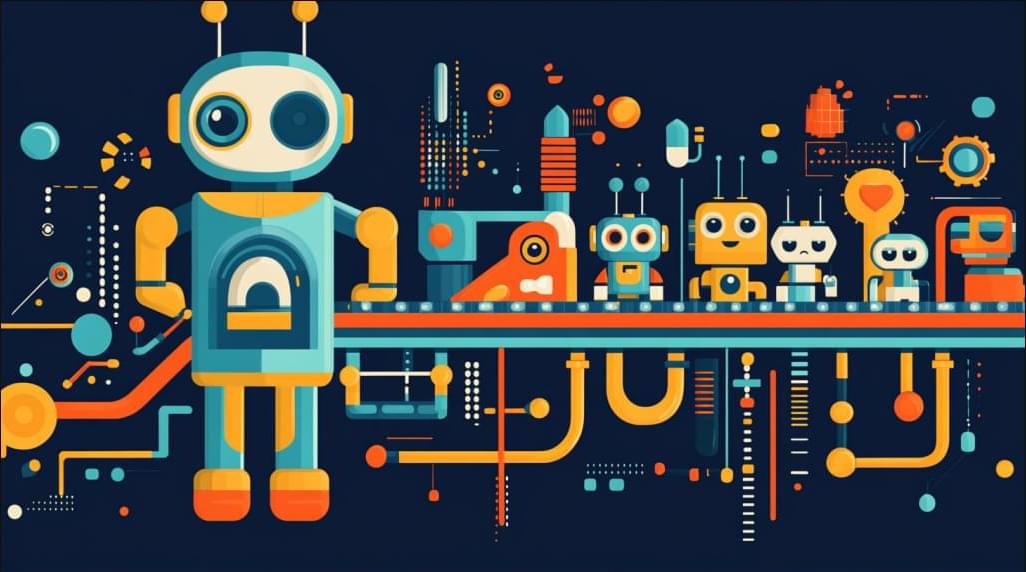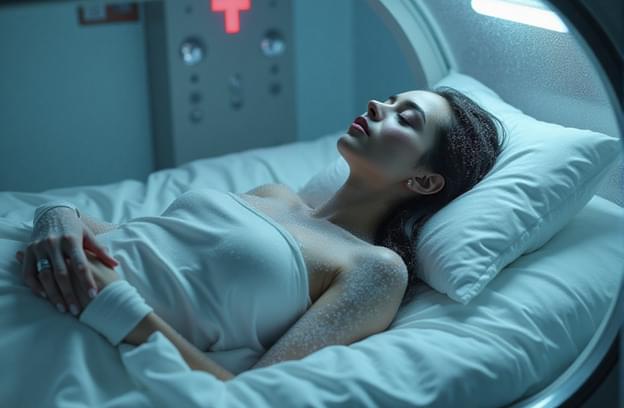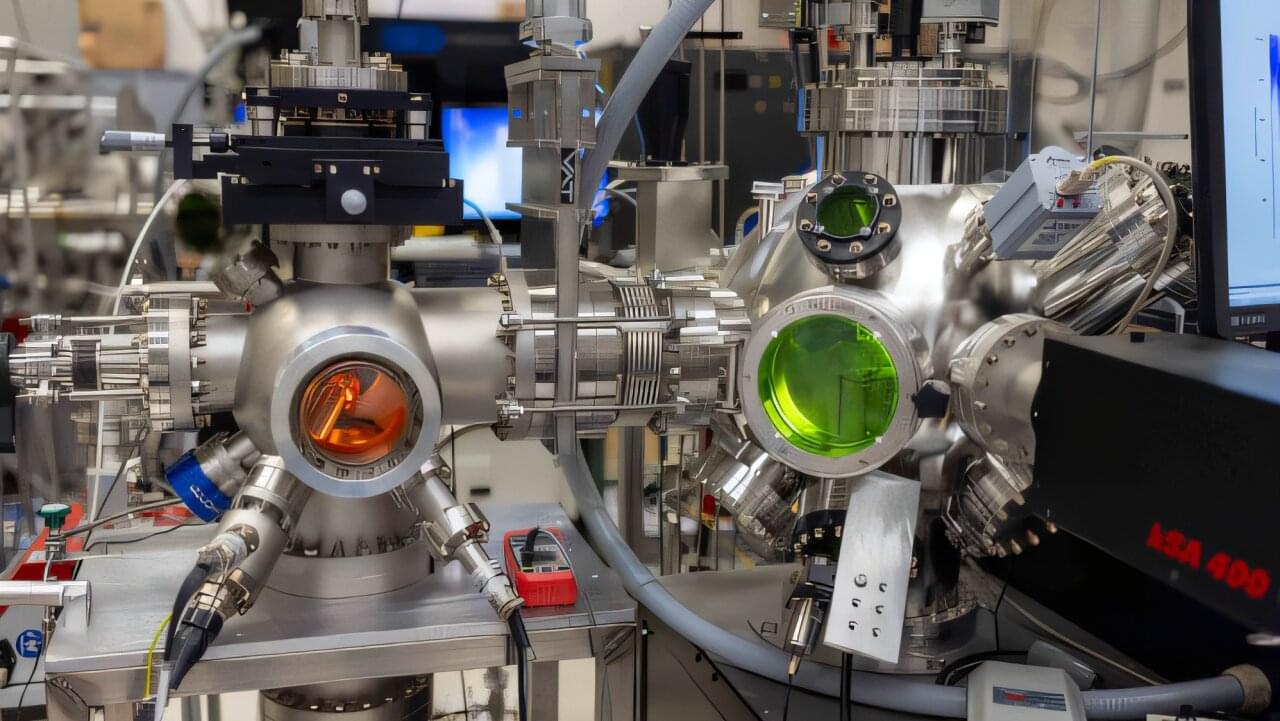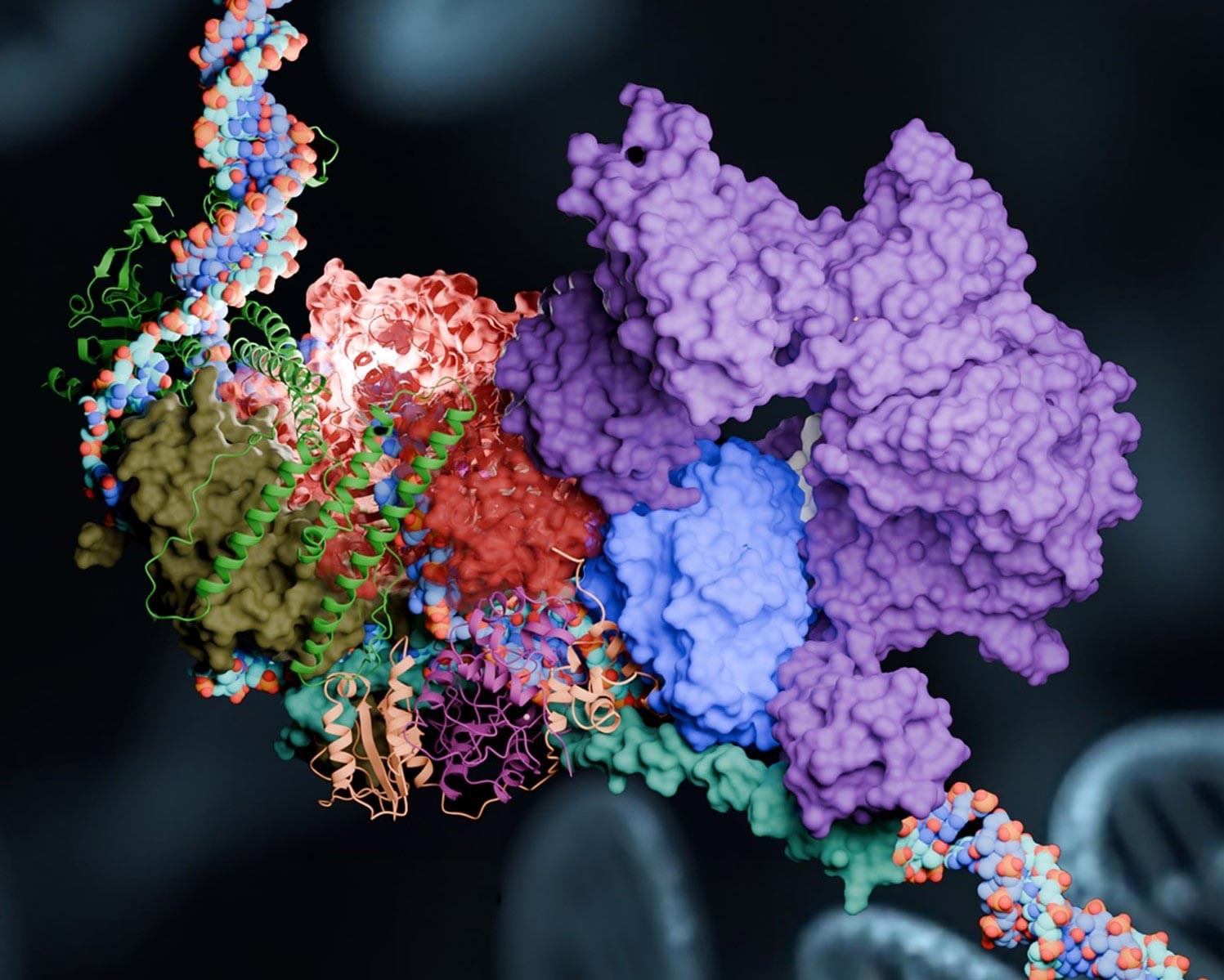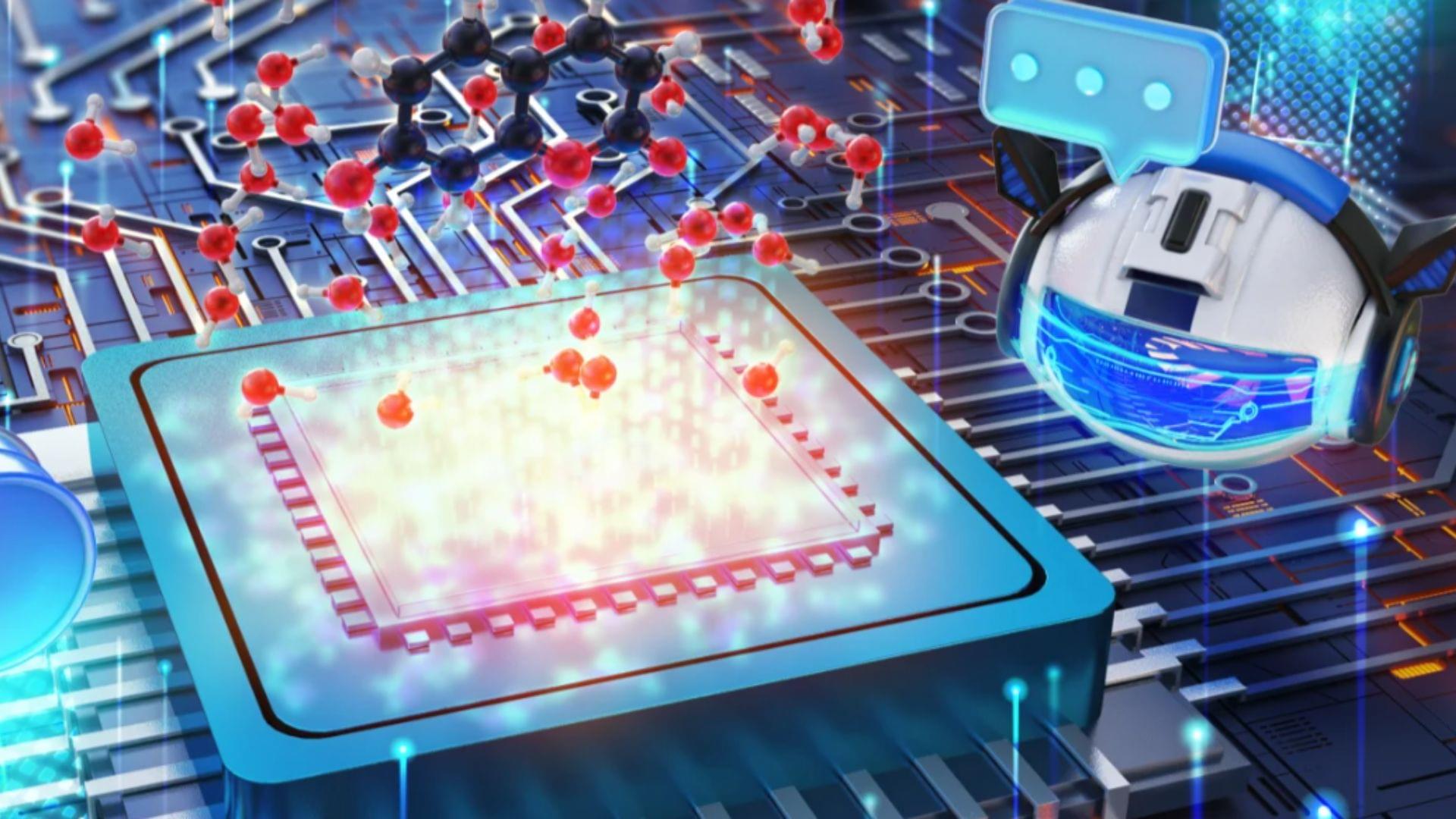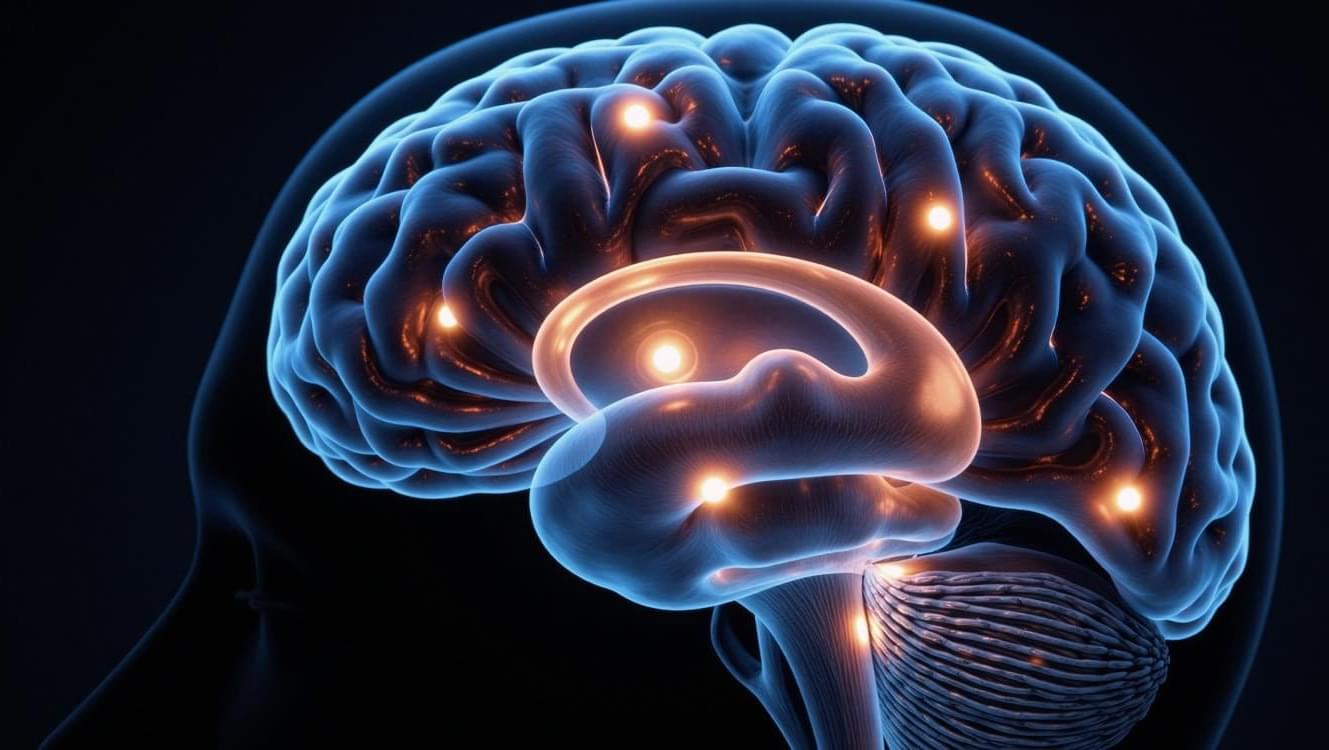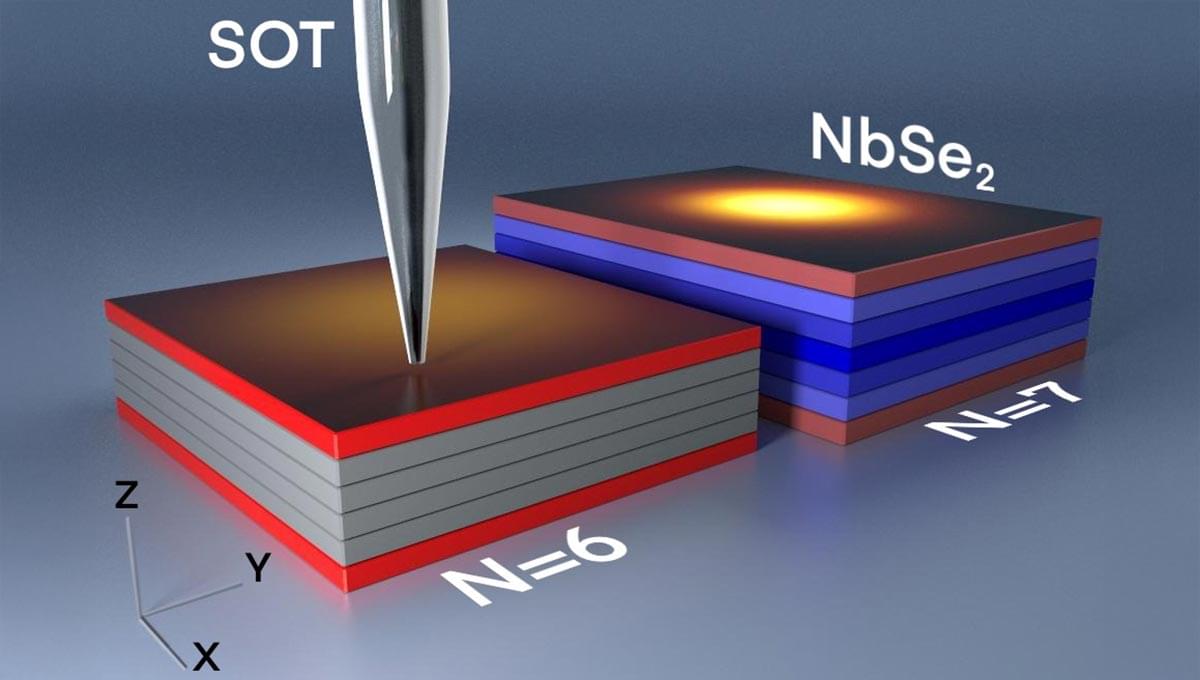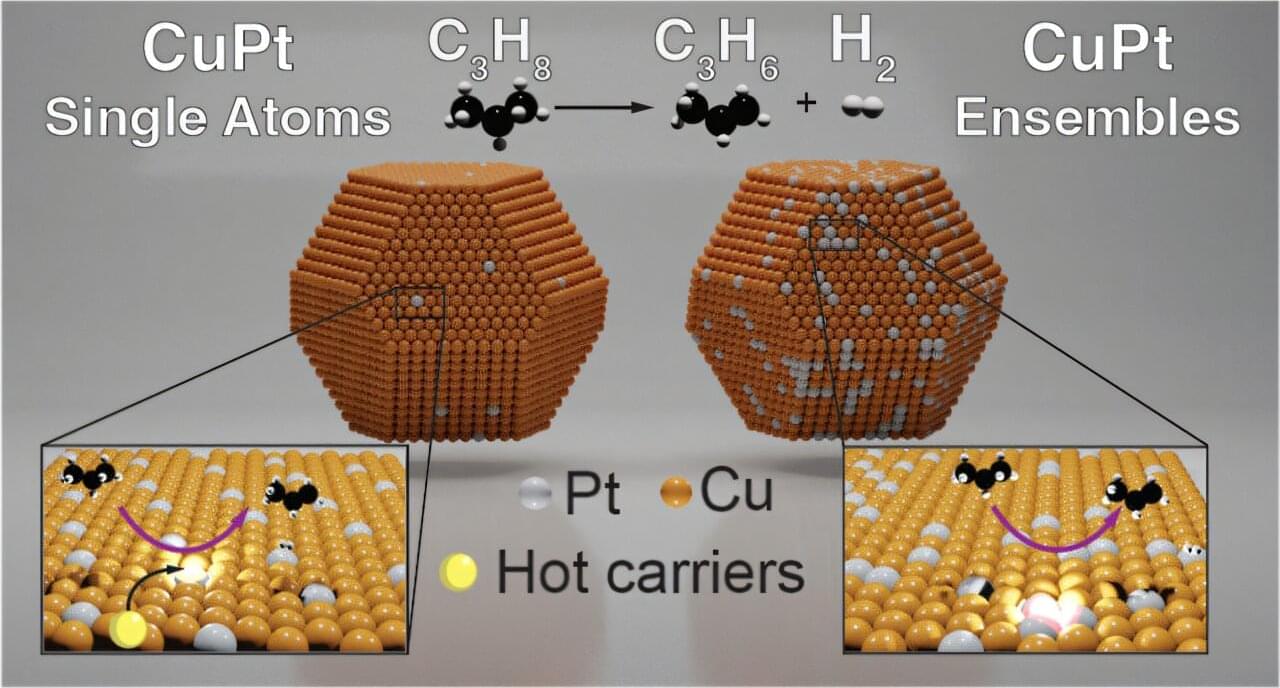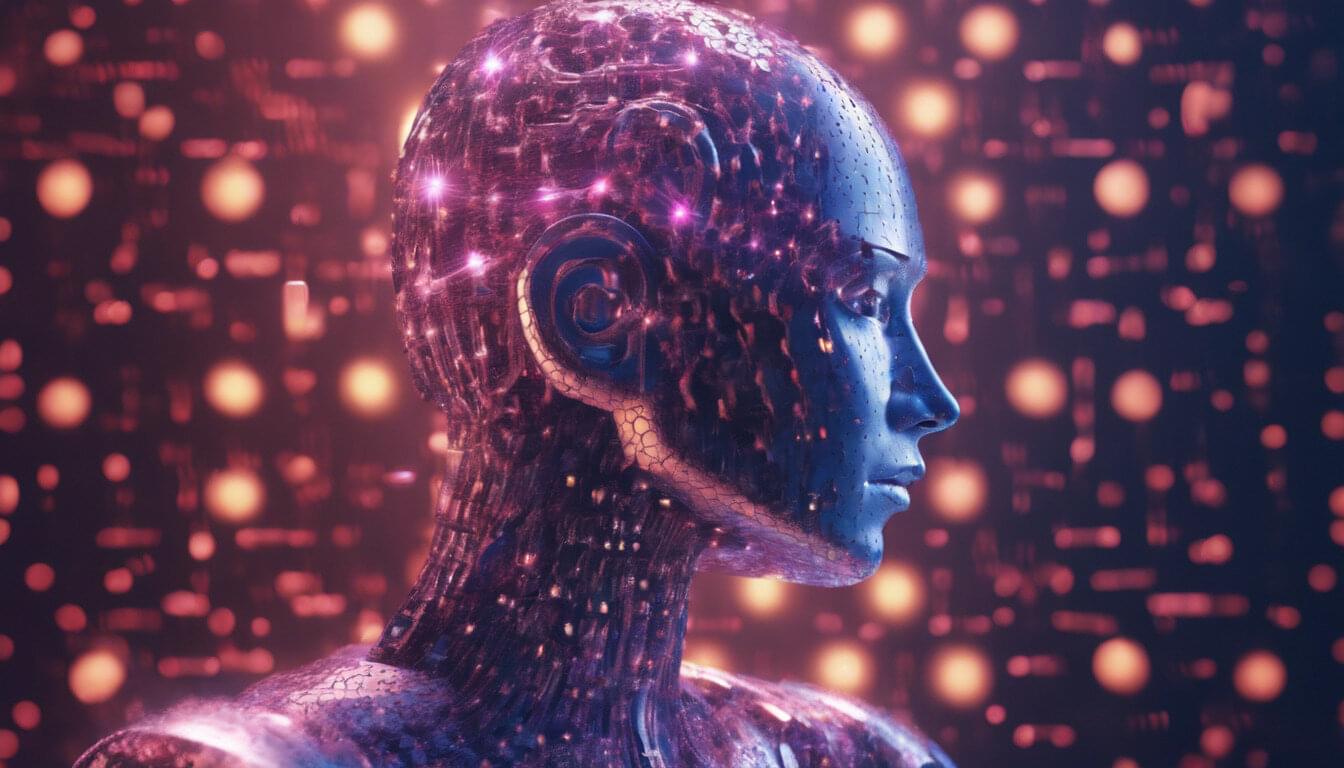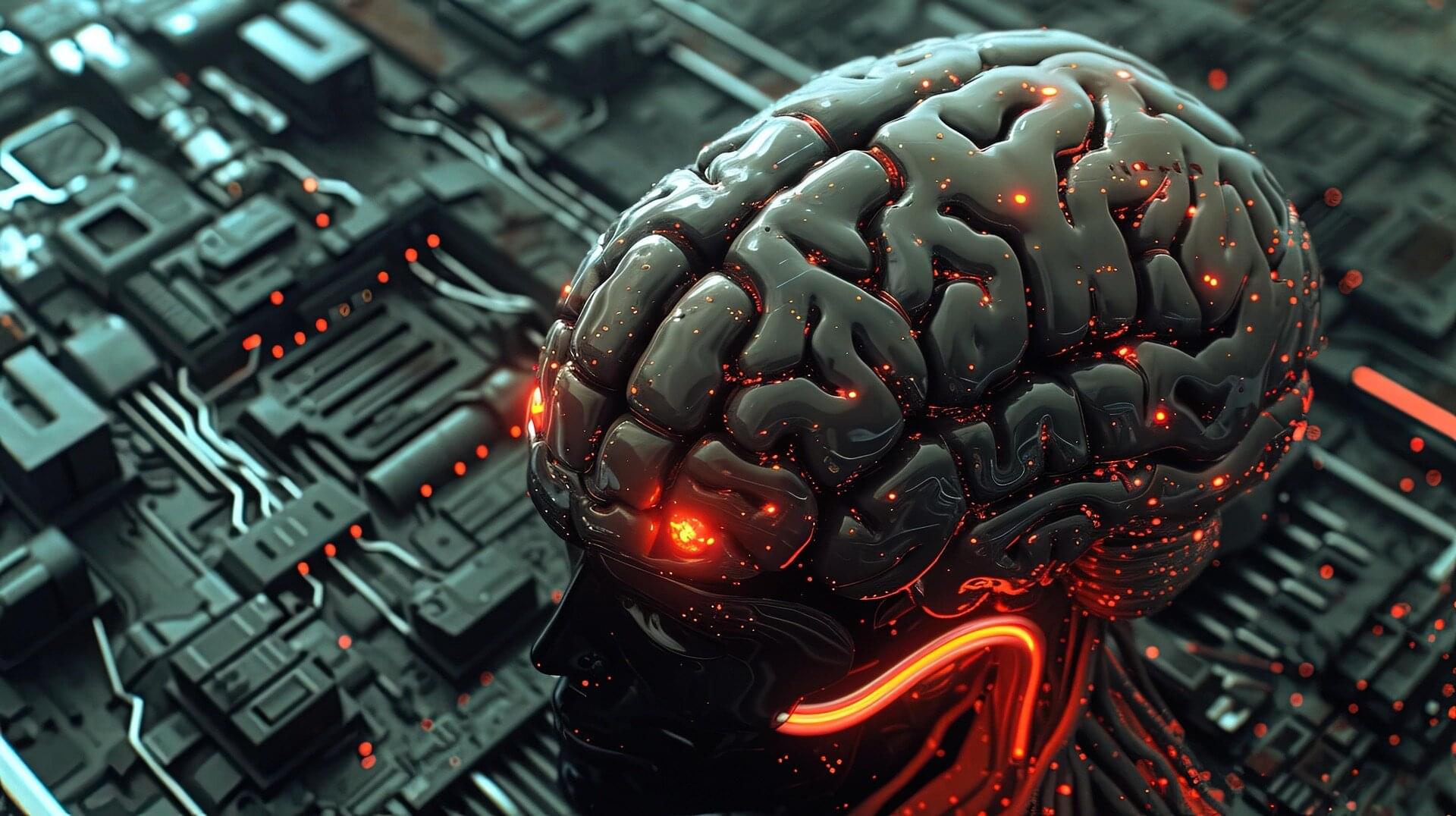Hailed by various market research reports as the big tech trend in 2025 — especially in the enterprise — it seems we can’t go more than 12 hours or so without the debut of another way to make, orchestrate (link together), or otherwise optimize purpose-built AI tools and workflows designed to handle routine white collar work.
Yet Emergence AI, a startup founded by former IBM Research veterans and which late last year debuted its own, cross-platform AI agent orchestration framework, is out with something novel from all the rest: a new AI agent creation platform that lets the human user specify what work they are trying to accomplish via text prompts, and then turns it over to AI models to create the agents they believe are necessary to accomplish said work.
This new system is literally a no code, natural language, AI-powered multi-agent builder, and it works in real time. Emergence AI describes it as a milestone in recursive intelligence, aims to simplify and accelerate complex data workflows for enterprise users.
